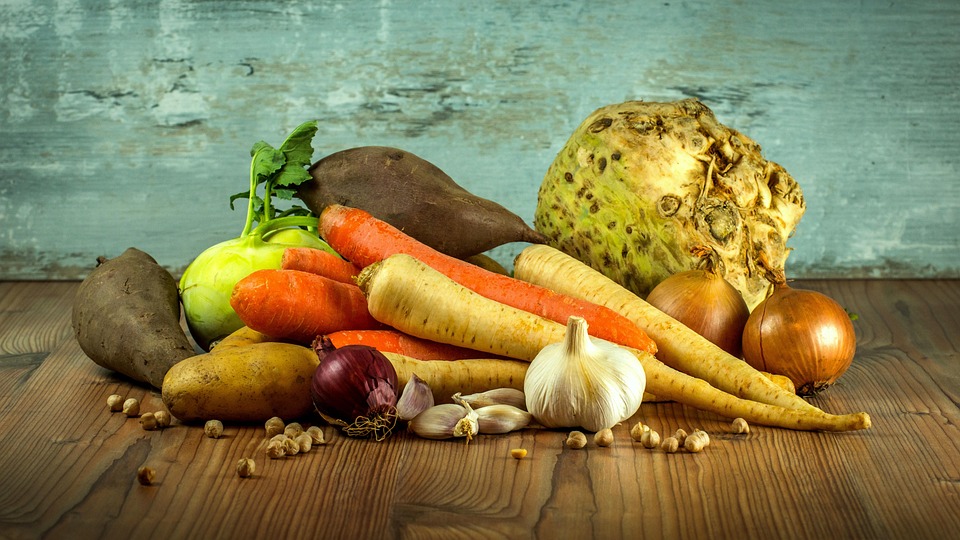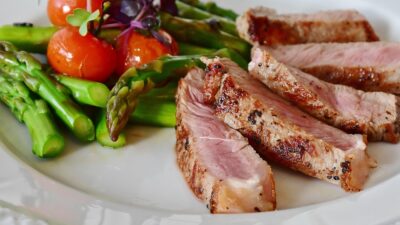In recent years, the trend of gluten-free cooking has transcended dietary necessity, transforming into a culinary movement celebrated by chefs and home cooks alike. The notion of gluten-free cuisine is no longer limited to simply avoiding wheat; instead, it embraces an exciting world of flavors and textures that can elevate your cooking experience. Whether you’re cooking for health reasons, following a gluten-free lifestyle, or simply looking to explore new culinary horizons, gluten-free gourmet cooking offers delectable alternatives that will amaze and satisfy even the most discerning palates.
Understanding Gluten-Free Cooking
Gluten is a protein found primarily in wheat, barley, and rye. For individuals with celiac disease, gluten intolerance, or wheat allergies, consuming these grains can lead to serious health issues. However, gluten-free cooking isn’t just about omitting certain ingredients; it’s about innovating and discovering new ones that can enhance your meals.
The Flour Alternatives
One of the most significant changes in gluten-free cooking involves finding suitable flour substitutes. Here are some popular options:
-
Almond Flour: Made from finely ground almonds, this flour adds a nutty flavor and rich texture to baked goods. It’s ideal for pancakes, muffins, and even bread.
-
Coconut Flour: Known for its absorbent properties, coconut flour contributes a subtle sweetness and is perfect for thickening sauces or adding moisture to baked items.
-
Brown Rice Flour: This versatile flour can be used in various recipes, from cookies to bread, and serves as a great base when blended with other gluten-free flours.
-
Chickpea Flour: Packed with protein, chickpea flour lends a unique taste to dishes like socca, a type of flatbread, or as a binding agent in veggie burgers.
- Oat Flour: Made from ground oats (ensure they are certified gluten-free), this flour can enhance the texture of cookies and cakes, providing a wholesome flavor.
Elevating Your Meals with Creative Ingredients
Exploring gluten-free cooking means experimenting with a diverse range of ingredients that not only substitute gluten-rich items but add their distinct flavors. Here are some gourmet alternatives to consider:
-
Quinoa: A protein-packed grain that is naturally gluten-free, quinoa works as a base for salads or a hearty side dish, offering a chewy texture and nutty flavor.
-
Cauliflower: This versatile vegetable can be riced, mashed, or used to create gluten-free pizza crusts, providing a healthy, low-carb base for your meals.
-
Legumes: Beans, lentils, and peas are fantastic sources of protein and fiber. They can be blended into soups, stews, or even made into gluten-free pasta alternatives.
- Nuts and Seeds: These not only provide healthy fats and proteins but can also be ground to create flours or used to add texture to dishes.
Sauces and Seasonings: Flavor Is Key
No gourmet dish is complete without the right balance of flavors. Many traditional sauces and seasonings contain gluten, but there are plenty of alternatives:
-
Tamari: A gluten-free soy sauce option made from fermented soybeans that adds depth to stir-fries and marinades.
-
Pesto: Traditional pesto is gluten-free, provided no pasta is included. Using fresh basil, garlic, and nuts, you can create an aromatic sauce for salads or grilled meats.
- Vinaigrettes: Homemade dressings using olive oil, vinegar, mustard, and herbs elevate salads and roasted vegetables, providing fresh and vibrant flavor profiles.
Gourmet Cooking Techniques
Elevate your gluten-free meals by incorporating gourmet cooking techniques:
-
Sous Vide: This method allows precise temperature control for meats and vegetables, enhancing tenderness and flavor without the need for gluten.
-
Pickling and Fermenting: Elevate vegetables or proteins by pickling them with spices or fermenting for a deeper taste, introducing an element of gourmet sophistication.
- Plating: Presentation plays a significant role in gourmet dining. Use colorful ingredients and artistic plating techniques to turn simple gluten-free dishes into culinary masterpieces.
Conclusion
Gluten-free gourmet cooking is about exploration, creativity, and delicious alternatives that can impress any guest. Whether you’re navigating dietary restrictions or simply want to enhance your cooking repertoire, embracing gluten-free alternatives can lead to a world of tastes and textures that will elevate your culinary experience. From innovative flours and vibrant produce to sophisticated cooking techniques, gluten-free cuisine is an invitation to discover new flavors and enjoy the art of cooking in a whole new way. So grab your apron, ignite your passion for gourmet cooking, and let the gluten-free journey begin!



